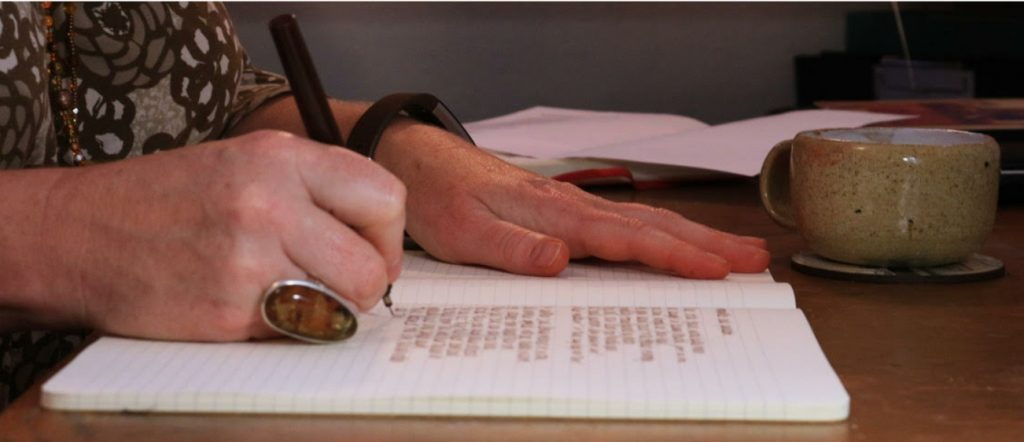Last week we were talking about how Gilbert’s ‘Failing and Flying’ makes visible all sorts of assumptions embedded in our (Western) culture. This week, I want to think about how reading makes visible things inside ourselves, which we may or may not have been aware of. And I want to start with what I think is a remarkable poem, written by my 13 year old goddaughter. It formed the front page of a card she sent me a few weeks ago. Here it is:
Eyes flutter open,
the first few wobbly steps.
Fluff is stuck up everywhere,
adding to the effect.
The kitten falls over with a
small ‘wumph’,
Then, insatiably curious, it gets up
with a little more ‘umph’.
One step, two step, wobble, oops!
One step, two step, steady,
what’s this?
Two legs, giant, and making
weird noises.
The kitten retreats to the
safety that is mother.
She learns to hunt, to play and
have fun,
But most importantly she learns
that every cat needs a giant two-legged
thing to curl up on.
Now, this poem wasn’t offered as a piece of high and polished art, and I’m not claiming it as such. Nonetheless, if we accept Larkin’s contention that ‘poetry is emotional in nature and theatrical in operation, a skilled re-creation of emotion in other people’,* Eleanor’s piece qualifies entirely. Because, sitting alone at my desk on a chilly morning, I read this and immediately burst into huge tears. The good kind. The ones that are about wonder, joy and reassurance as well as pain.
For it went straight to the heart of me, making visible something I’ve been in and out of these last few years—my grief about not having children. Not only that, though: it made visible a part of me that finds some consolation in giving nurture and comfort to a fellow creature, no matter how tiny, and taking comfort in it, too. The poem speaks of what is true of all of us: what we need as children—‘the safety that is mother’ (what a line, Eleanor!)—and how we continue to need, every now and then, ‘a giant two-legged/thing to curl up on’. (If Bowlby or Winnicot could read this, I’m sure they’d be nodding.) Most powerfully, then, the poem found in me my feelings about the presences and absences, current and historical, of my own ‘giant two-legged thing[s]’. And that’s a whole lot of making visible, never mind the stuff it shows about Eleanor herself: her striking wisdom and insight, her alertness to the world, her thoughtfulness…
One of the things I was never helped to understand during my (mostly terrifying) time spent studying English at Cambridge was this business about how poems can help us see ourselves. These days when I facilitate workshops, both for counsellors and for lay people, I put it as simply as I can: that we don’t just read poems—they read us, too. If you have a reaction to it, it’s probably got something to show you about yourself as well as about the world; and the fact that different poems “speak” to different people is information not just about the poems themselves but about the people reading them.
So, next time a poem really moves you, you could ask yourself which bit of you it’s making visible. What does it connect you with? What’s it like to “see” this in yourself? I’d love to hear.
More about visibility, next week, and connection. See you then.

*You can read the essay from which this quotation comes here.
© Lucy Crispin 2019